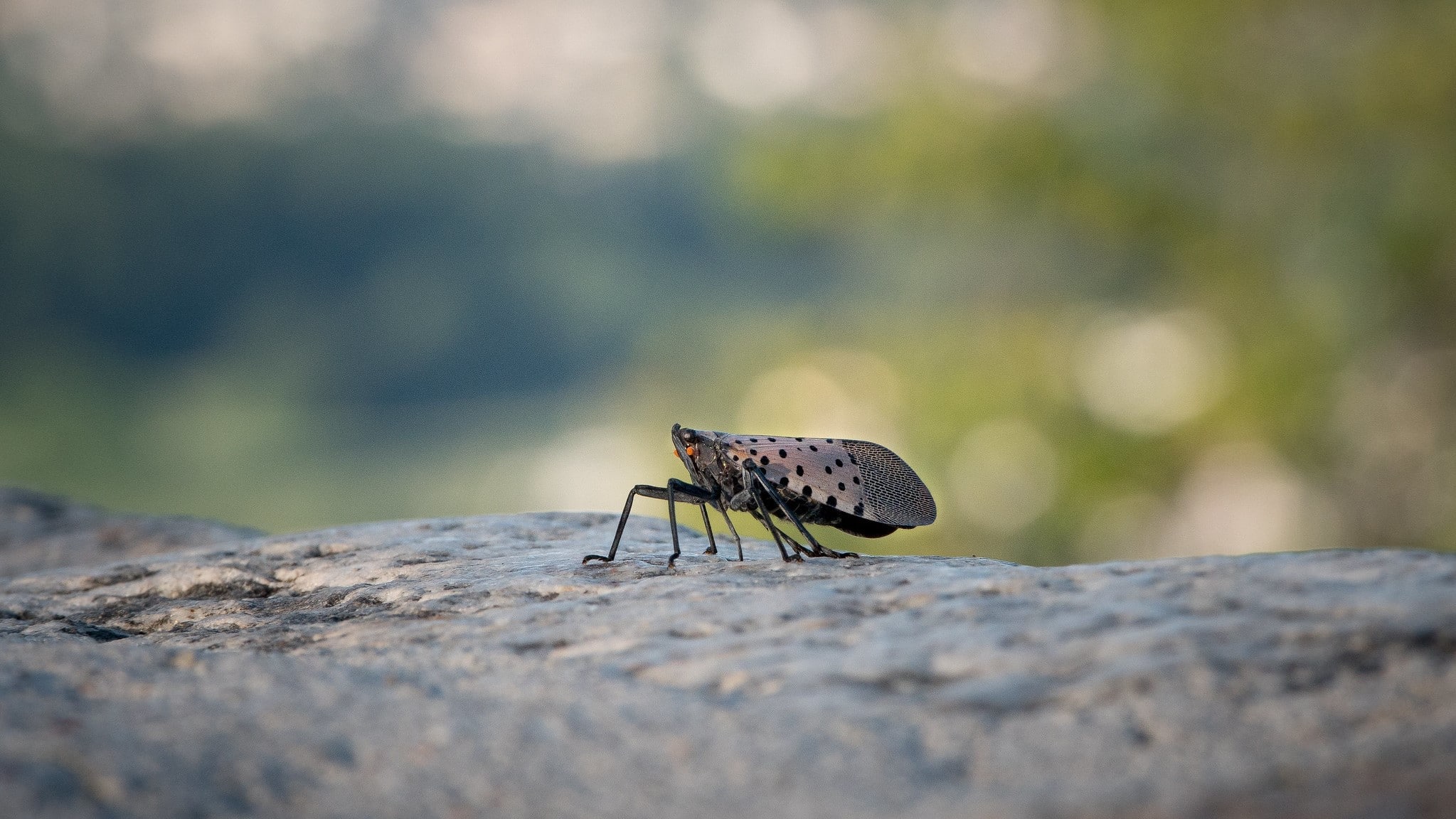Tweets, News Offer Insights on Invasive Insect Spread

For Immediate Release
A new North Carolina State University study shows the potential for using Twitter and online news articles to track the timing and location of invasive insect spread in the United States and around the globe. Researchers say these sources are promising for filling in gaps when official data are not widely available.
“The idea was to explore if we could use this data to fill in some of the information gaps about pest spread, and ultimately, to support the development of better predictive models of where pest spread is happening, and when to use costly control measures,” said Laura Tateosian, associate teaching professor in the NC State Center for Geospatial Analytics. “Even though these are not formal scientific sources, we found that we could clearly see some of the major events that were occurring about two invasive pests in the news, and on Twitter.”
In the study, the researchers tracked past Tweets about two insects – spotted lanternfly and Tuta absoluta – compiled by a Web-based subscription service, Brandwatch, as well as online news articles aggregated by Google News and GDELT, or the Global Database of Events, Language and Tone Project.
Spotted lanternfly, which was first reported in the United States in Pennsylvania in 2014, is an insect native to Asia that can damage or destroy grapes, cherries, hops, certain lumber trees and other plants. The research team tracked historical posts about spotted lanternfly in Pennsylvania in a single year in 2017, and then globally between 2011 and 2021.
Tuta absoluta, an insect also known as the tomato leaf miner, is native to South America. It was discovered in Spain in 2006, and has spread into parts of Europe, Africa, Asia and the Middle East. It has been nicknamed the “tomato Ebola” because of the devastation it can cause to tomato crops. The researchers tracked posts about Tuta absoluta between 2011 and 2021.
“While some invasive insects have reached their global range, in both of these cases, the pests are actively spreading,” said Ariel Saffer, graduate student in geospatial analytics at NC State. “We launched this as a proof-of-concept study to see if it would be scientifically reasonable to use these sources to track pest spread. We compared information in places where the insects were known to be present to see if these sources accurately captured existing knowledge.”
The researchers found that activity on Twitter and in news stories tracked some of the patterns in official surveys. For example, the volume of Twitter posts and news activity about spotted lanternfly tracked the seasonal pest cycle, with more activity in the summer and fall. In terms of location, they saw a high volume of Tweets and news articles in areas located at the epicenter of outbreaks. In Pennsylvania, news articles captured a subset of counties confirmed in 2017 by USDA Animal and Plant Health Inspection Service survey data, but also uncovered one county not listed in official records.
For Tuta absoluta, the team found posts on Twitter and in news stories often coincided with global pest spread, as compared to reports gathered by the European and Mediterranean Plant Protection Organization (EPPO). Information in news and Twitter posts also aligned with survey data for this pest in Nigeria, and sometimes before that information was widely available in scientific sources.
The researchers say the findings suggest Twitter and news information could be useful to supplement official data sources, but more work is needed.
“News media and social media have the potential to give you more immediate insight into what’s going on, especially if scientific information on insect spread is not immediately published in scientific literature, or not widely available to other scientists,” Saffer said. “Also, relying on data from scientific publications can sometimes offer a patchwork coverage of space and time, depending on when that study happened. It can be hard to get aggregated information in continuous time, especially at the global scale, as that information can be managed by multiple agencies.”
The study, “Plant pest invasions, as seen through news and social media,” appears online in Computers, Environment and Urban Systems. Co-authors included Chelsey Walden-Schreiner and Makiko Shukunobe.
-oleniacz-
Note to Editors: The study abstract follows.
Plant pest invasions, as seen through news and social media
Authors: Laura G. Tateosian, Ariel Saffer, Chelsey Walden-Schreiner, Makiko Shukunobe
Published: Computers, Environment and Urban Systems
DOI: 10.1016/j.compenvurbsys.2022.101922
Abstract: Invasion by exotic pests into new geographic areas can cause major disturbances in forest and agricultural systems. Early response can greatly improve containment efforts, underscoring the importance of collecting up-to-date information about the locations where pest species are being observed. However, existing invasive species databases have limitations in both extent and rapidity. The spatial extent is limited by costs and there are delays between species establishment, official recording, and consolidation. Local online news outlets have the potential to provide supplemental spatial coverage worldwide and social media has the potential to provide direct observations and denser historical data for modeling. Gathering data from these online sources presents its own challenges and their potential contribution to historical tracking of pest invasions has not previously been tested. To this end, we examine the practical considerations for using three online aggregators, the Global Database of Events, Language and Tone (GDELT), Google News, and a commercial media listening platform, Brandwatch, to support pest biosurveillance. Using these tools, we investigate the presence and nature of cogent mentions of invasive species in these sources by conducting case studies of online news and Twitter excerpts regarding two invasive plant pests, Spotted Lanternfly and Tuta absoluta. Our results using past data demonstrate that online news and social media may provide valuable data streams to supplement official sources describing pest invasions.


